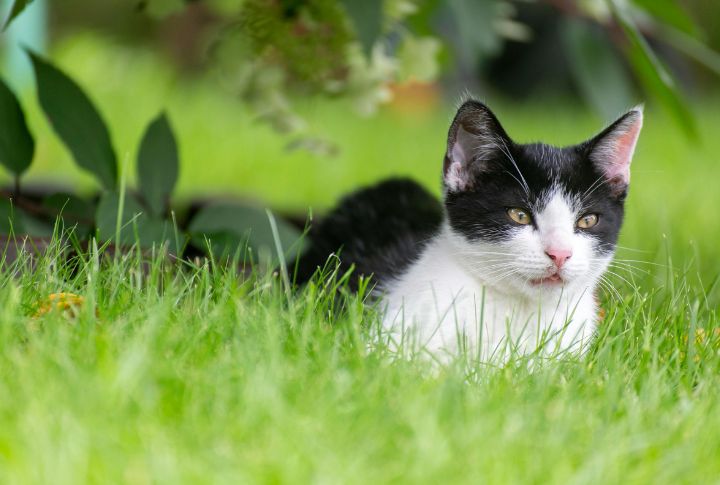
You’ve probably guessed that indoor cats chill more, but there’s way more to the story. Diet or grooming—everything shifts based on where a cat lives. And while one lifestyle may seem easier, the trade-offs can surprise you. Before you let your cat roam or lock the door behind them, here’s what you’ll want to understand first.
Lifespan Differences

Indoor cats usually stick around for 12 to 18 years, sometimes even hitting 20 with the proper care. On the other hand, outdoor cats are lucky to make it past five. Indoors, cats stay safer, and some even act like mellow retirees in their golden years.
Health Risks
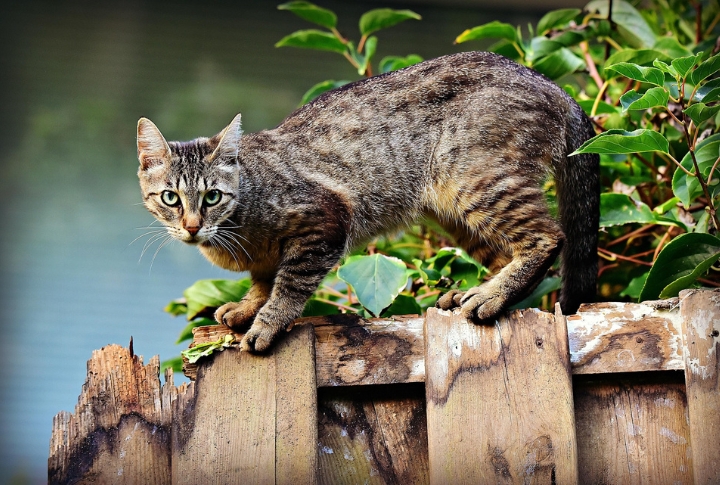
Before you let your cat roam the yard, it’s worth knowing what can go wrong. Outdoor cats face fleas, infections like FIV, and costly injuries. They hunt wild prey and sometimes get parasites—or worse, get bitten by snakes. A better plan? Keep them inside or supervise short outdoor sessions.
Diet And Activity
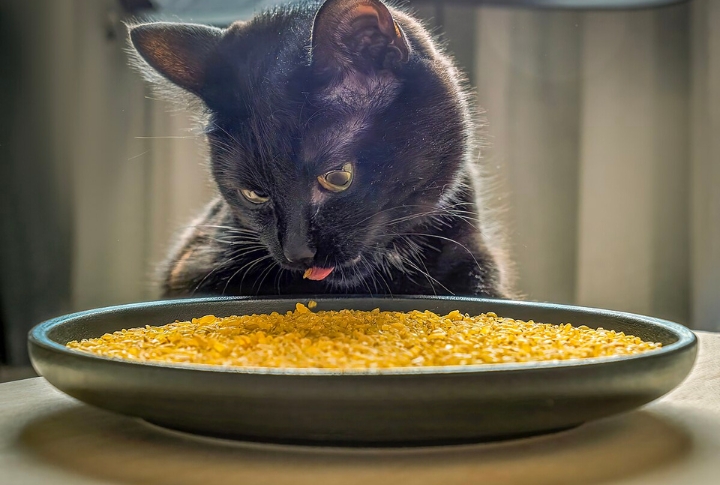
Outdoor cats stay active by roaming, climbing, and hunting, which naturally burns calories. However, indoor cats lead more sedentary lives and rely on their humans to manage both food and movement. They need portion control to avoid weight gain and interactive toys to mimic the stimulation that outdoor life provides.
Environmental Impact
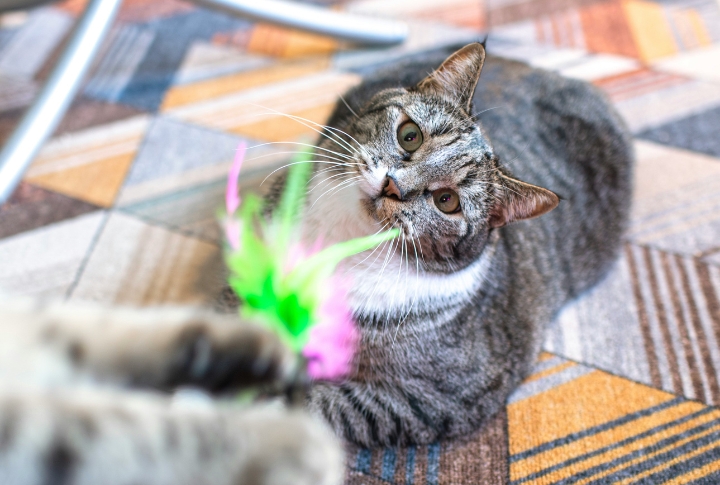
Outdoor cats greatly impact wildlife by killing billions of animals each year, including over 100 birds per cat. This hunting behavior has contributed to the extinction of 63 species. Indoor cats don’t pose this threat and help protect local wildlife while preserving the environment.
Litter Box Needs
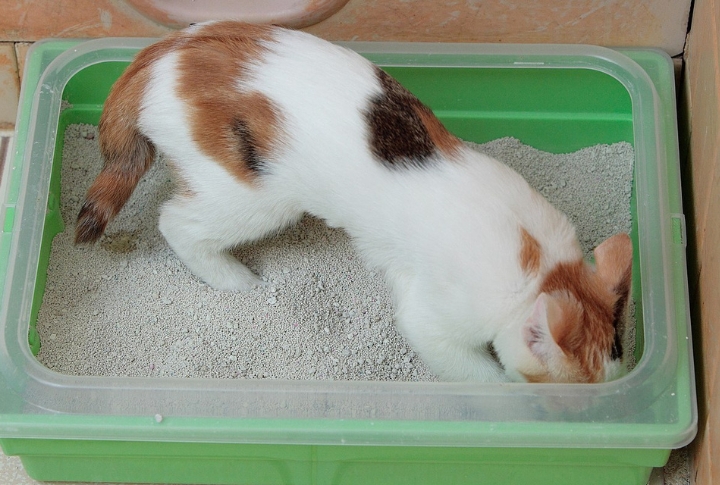
Do you ever wonder why indoor cats need special litter box setups while outdoor cats don’t? Indoor cats are picky about cleanliness, litter type, and box size, sometimes refusing to use their box if it’s not just right. On the contrary, outdoor cats use nature for their bathroom needs, so they don’t face this issue.
Training Potential
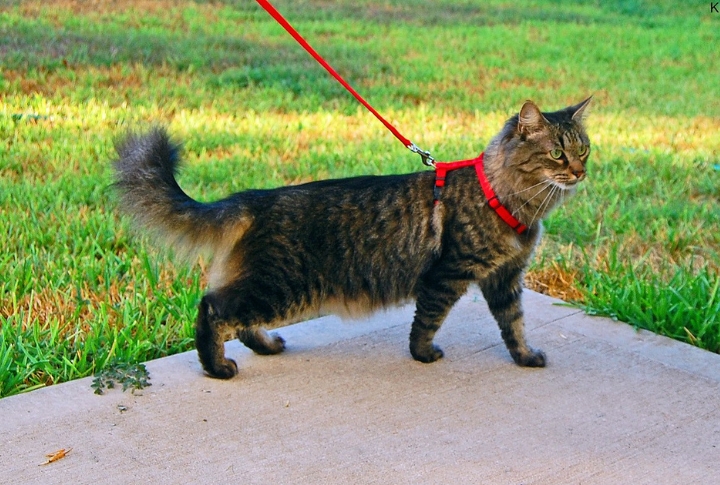
Training is more effective with indoor cats. Their stable environment limits distractions and makes it easier to teach commands or leash-walking. Some even master toilet use. Outdoor cats usually resist training due to strong roaming instincts.
Social Behavior

Outdoor cats roam freely and form complex social groups that include both friendships and disputes. Indoor cats, on the other hand, rely mainly on humans for companionship. These interactions—whether with other cats or people—play a key role in fulfilling a cat’s natural social needs.
Cost Of Care

To be honest, vet bills aren’t cheap. Indoor cats usually stay healthier, meaning fewer surprise visits. Outdoor cats? Between wounds, parasites, and $100 GPS trackers, costs add up fast. Keeping a cat indoors could save around $500 a year. Just don’t forget the toys; they still need to stay mentally entertained.
Legal Issues
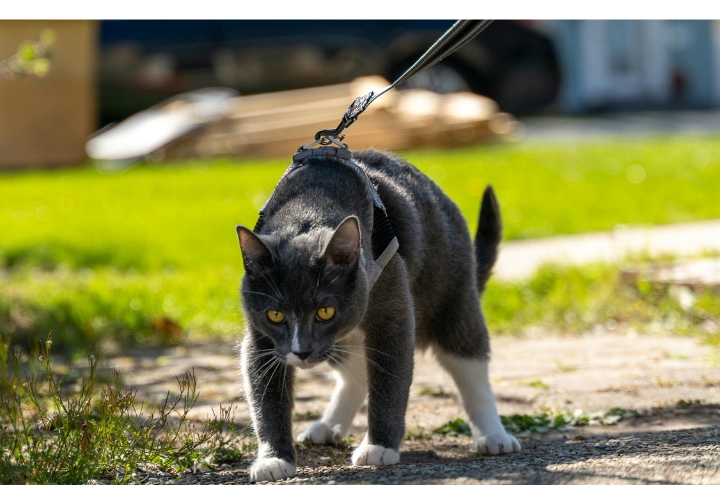
Letting cats roam outside comes with more legal risks than most expect. It’s not just about feeding and cleaning up after them; ownership also means following local rules. Outdoor cats may trigger complaints or penalties. That’s why knowing the laws and maintaining neighborly trust can help avoid conflict and keep everyone happy.
Enrichment Needs

Indoor cats need things like climbing posts, wand toys, and puzzle feeders to stay mentally sharp and stress-free. Outdoor cats often find stimulation in their surroundings, but indoor cats need more help. Without enough activity, boredom can lead to restless or destructive behavior.

